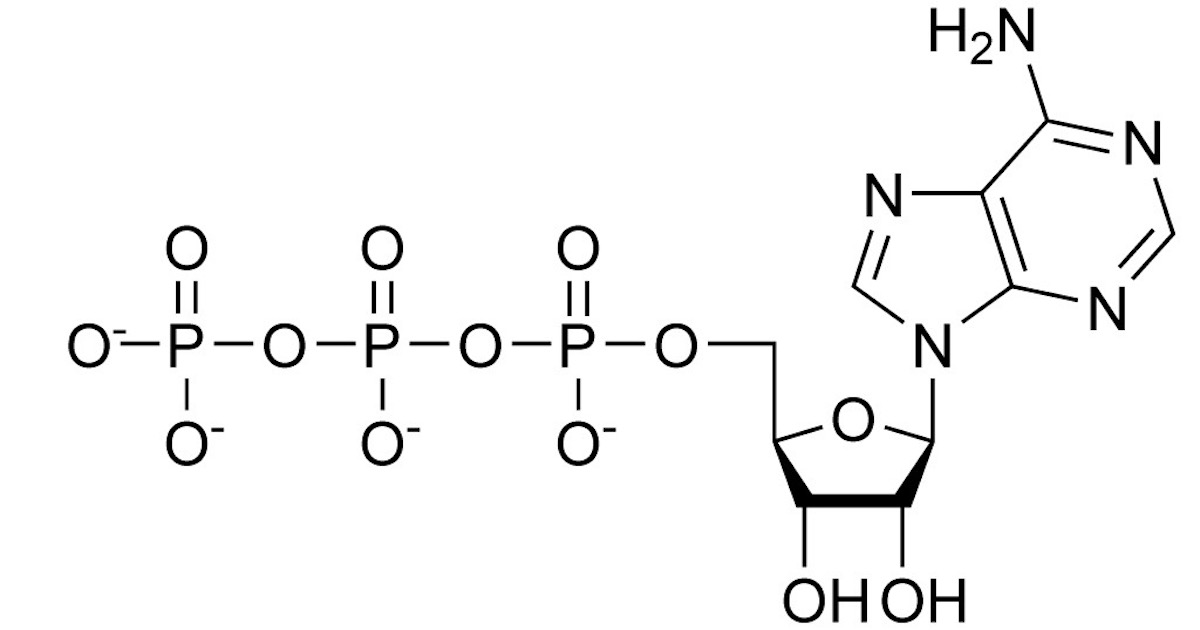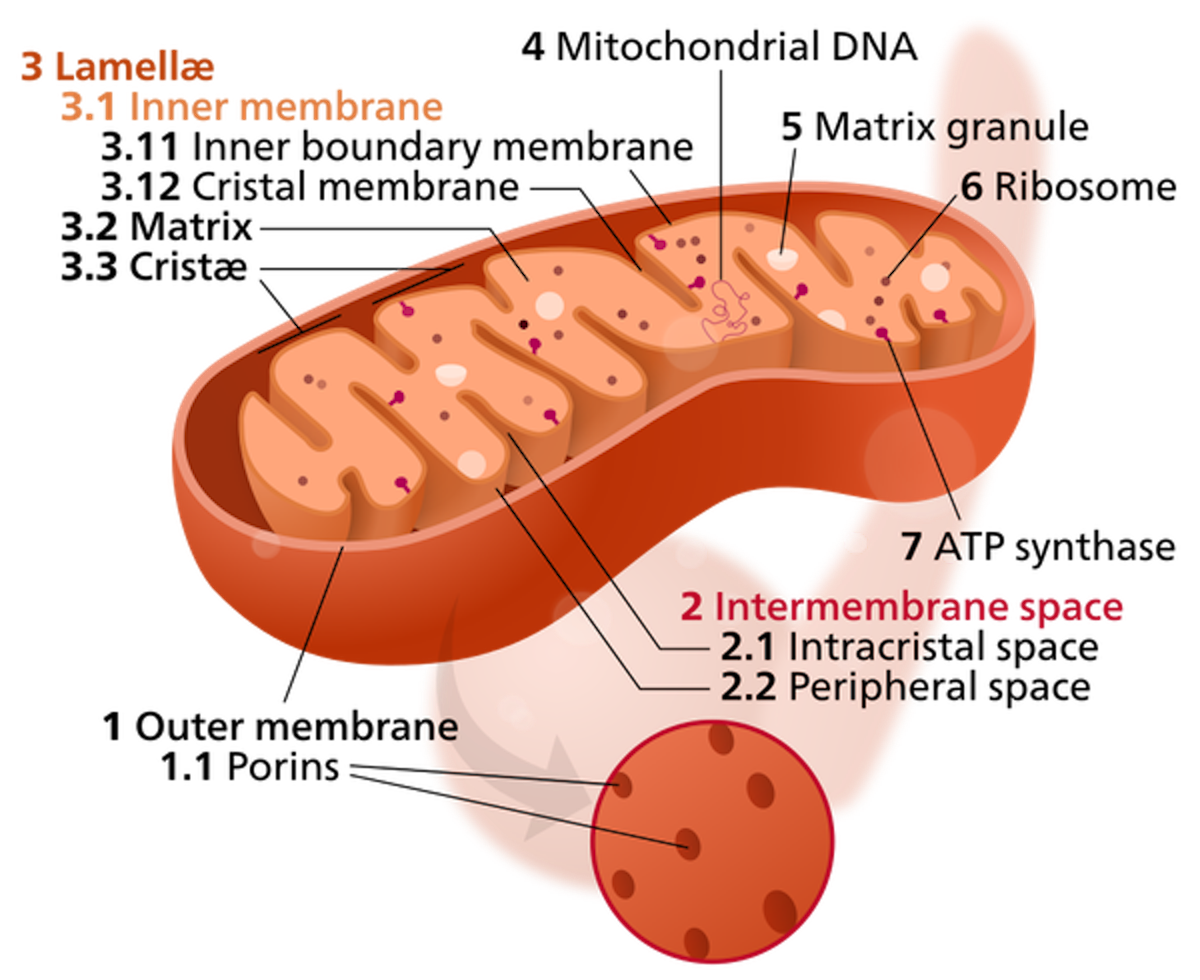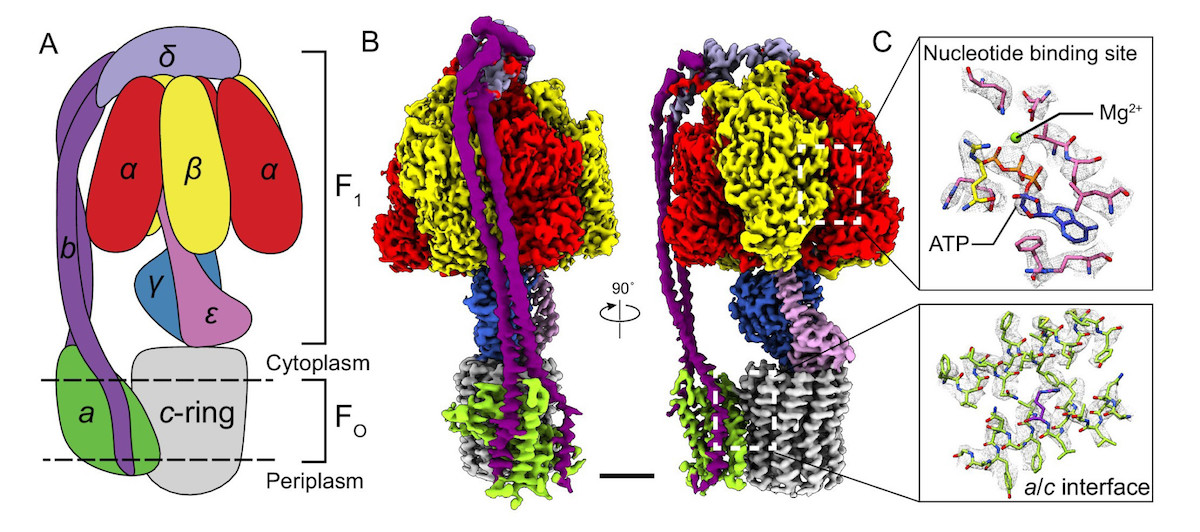 Intelligent Design
Intelligent Design
 Life Sciences
Life Sciences
The Ultimate Recycler


When a city starts out with a major energy deficit, there are two changes that should be made: to be really, and I mean really efficient at recycling the critical resource, or to buy more energy.
What about in biology? Cells are like cities, right?
Out of Balance
We already know from a previous post (“The Mystery of Energy Metabolism”) that the cell has an energy budget that is out of balance based solely on biosynthesis and use of ATP. It is in a predicament. It has an extreme shortfall in ATP in its balance sheet, needing six ATP just to make one. ATP is a high energy molecule. All that energy has to be loaded into the molecule during its synthesis by using up other ATP molecules.

If chemical A is necessary for the synthesis of more chemical A, then A has the power of replication (such systems are known as autocatalytic systems). …We find that intermediary metabolism is invariably autocatalytic for ATP.
Kun et al., Genome Biology 2008, 9:R51
The cell needs to have ATP before it can make ATP, and it has to have more ATP than it can make. Can the cell rescue its metabolic state by bringing in ATP from outside? Sure, indirectly — if it eats biological material other cells have made, it can get ATP by breaking down glucose into pyruvate, and then pyruvate into citrate, and then ultimately, the energy is harvested and a net gain in ATP is produced. The glucose-to-pyruvate digestion happens in the cytoplasm, but the citrate-to-final-energy harvest all occurs in marvelous, mysterious voyagers in our cells called mitochondria.

Mitochondria are the microscopic power plants of the cell whose purpose is to take citrate and convert it to ATP, the cell’s energy currency. Resembling miniature blimps with corrugated double membranes, they carry out an interlocking series of chemical reactions that squeeze out every last possible ATP from the breakdown of glucose. It’s a highly efficient, environmentally friendly process. Everything is recycled — one part of the process is called the citric acid cycle because it regenerates itself with each new round. In fact, everything cycles.
Most cells have many mitochondria, whose characteristic wrinkled stroma serve to increase the interior membrane surface area. Think of a bag with a much bigger bag neatly tucked in folds inside. Embedded in that folded inner membrane are all machinery of energy production that makes life possible. And that machinery is considerable. An ensemble of multiple proteins comes together to make 5 protein complexes, shown in the picture below. In complexes 1-4, energy in the form of electrons is received by them and cycled through, using some of that energy to pump protons across the membrane. As citrate is gradually broken down, compounds like NADH or succinate are produced, and shunted off to the electron transport chain, and they also contribute to the process.

Waste Not, Want Not
Even the last high-energy electrons from the breakdown process are not wasted: a chain of proteins in the inner membrane passes these electrons like little hot potatoes from one to another, using the energy of each transfer to pump hydrogen ions across the membrane, so that a molecular machine called ATP synthase can take advantage of the hydrogen gradient to create even more ATP.

The protein complexes of the mitochondrial electron transport chain, showing the flow of molecules in and out of the mitochondrion at each stage. doi: https://doi.org/10.1371/journal.pbio.1001129.g001
In the drawing you can see the direction of H+ flow out and then in again, and how many different proteins make up each protein complex. There are 5 complexes, whether in an animal, or a plant.
Where the Miracle Happens
The fifth complex is ATP synthase. This is where the miracle happens that makes life possible. ATP synthase harvests the energy of the proton gradient to recycle ADP to ATP. Like a turbine in a hydroelectric plant, ATP synthase lets the hydrogen ions flow back across the membrane through itself, rotating as the ions pass through. As it rotates it adds a phosphate to ADP at each crank, thus restoring ATP to use.

The engine ATP synthase is 98 percent efficient at what it does! Human machines can’t approach that. But this is what permits life. We burn through our body weight in ATP every day. Just breathing burns ATP.
Right now, within your bodies this little engine is cranking away. Without this machine, oxygen-dependent life could not exist. Strong statement, but I stand by it.
To put it all together, in all life’s glorious improbability and elegant design, will require another post. And I haven’t even gotten past the beginnings of biochemistry.
Cross-posted from Dr. Gauger’s website, Making Note of the Moment.
Photo credit: Holger Schué via Pixabay.
